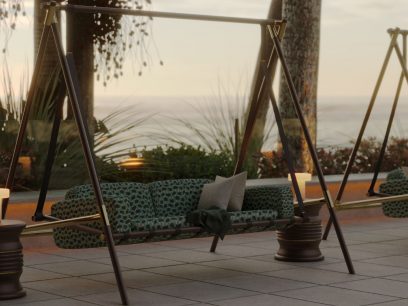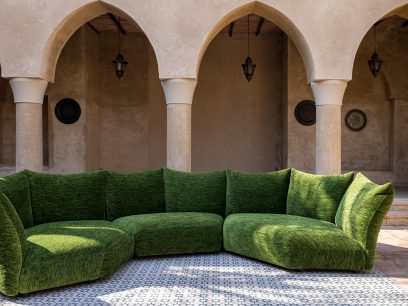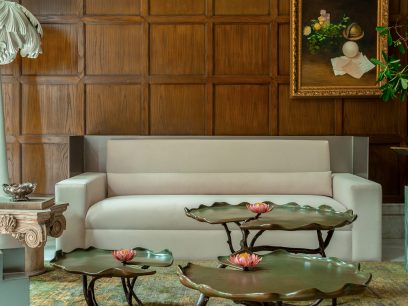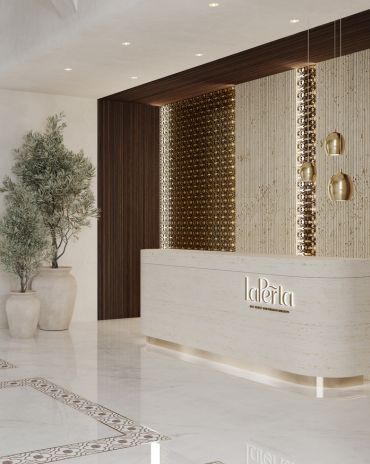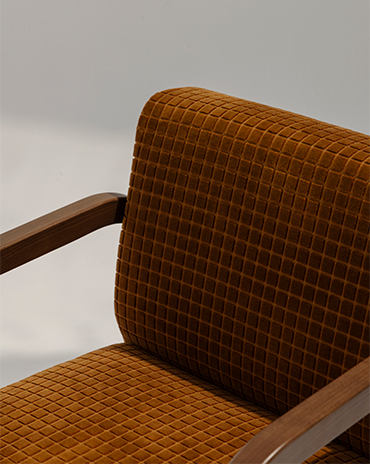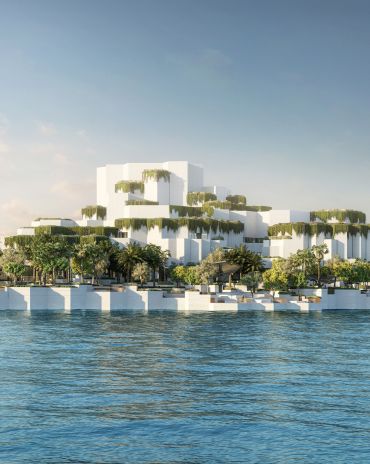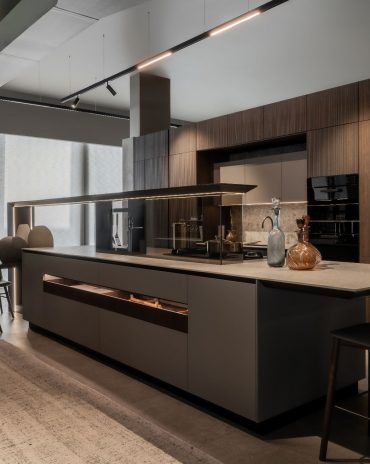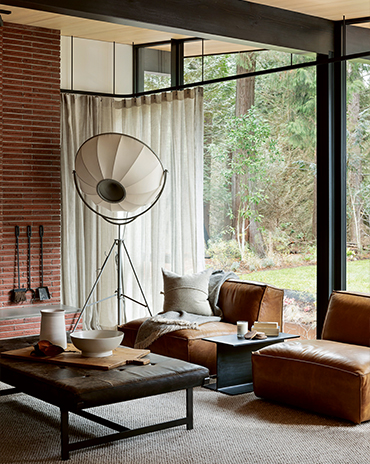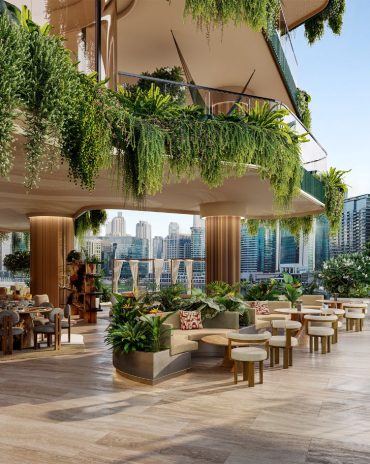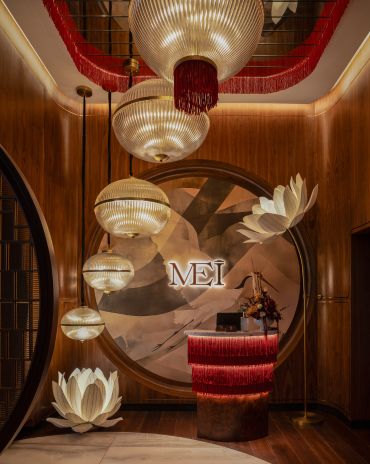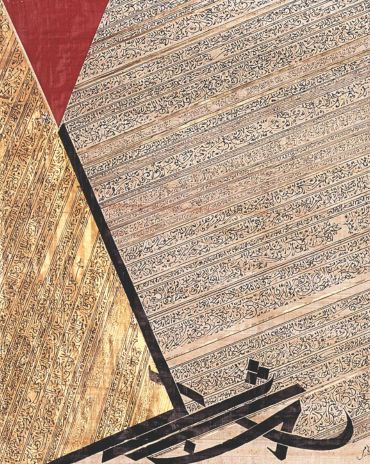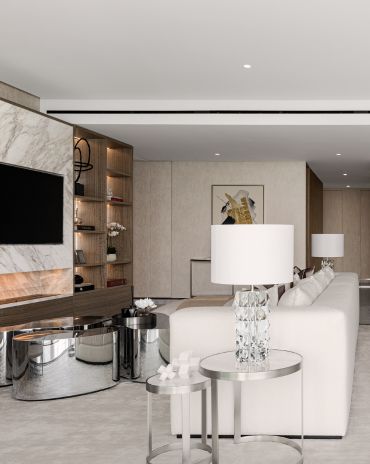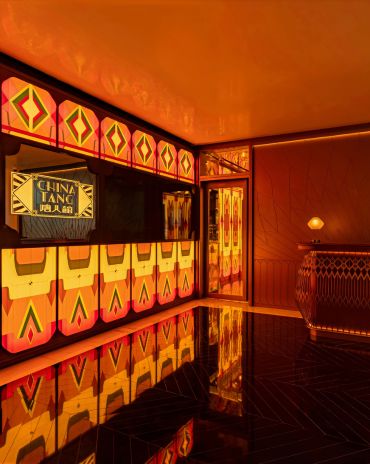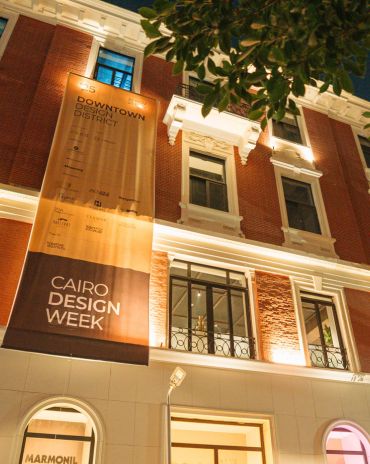Copyright © 2025 Motivate Media Group. All rights reserved.
Cultural Immersion Meets Refined Luxury
The Chedi Hegra opens its doors in AlUla’s UNESCO World Heritage Site
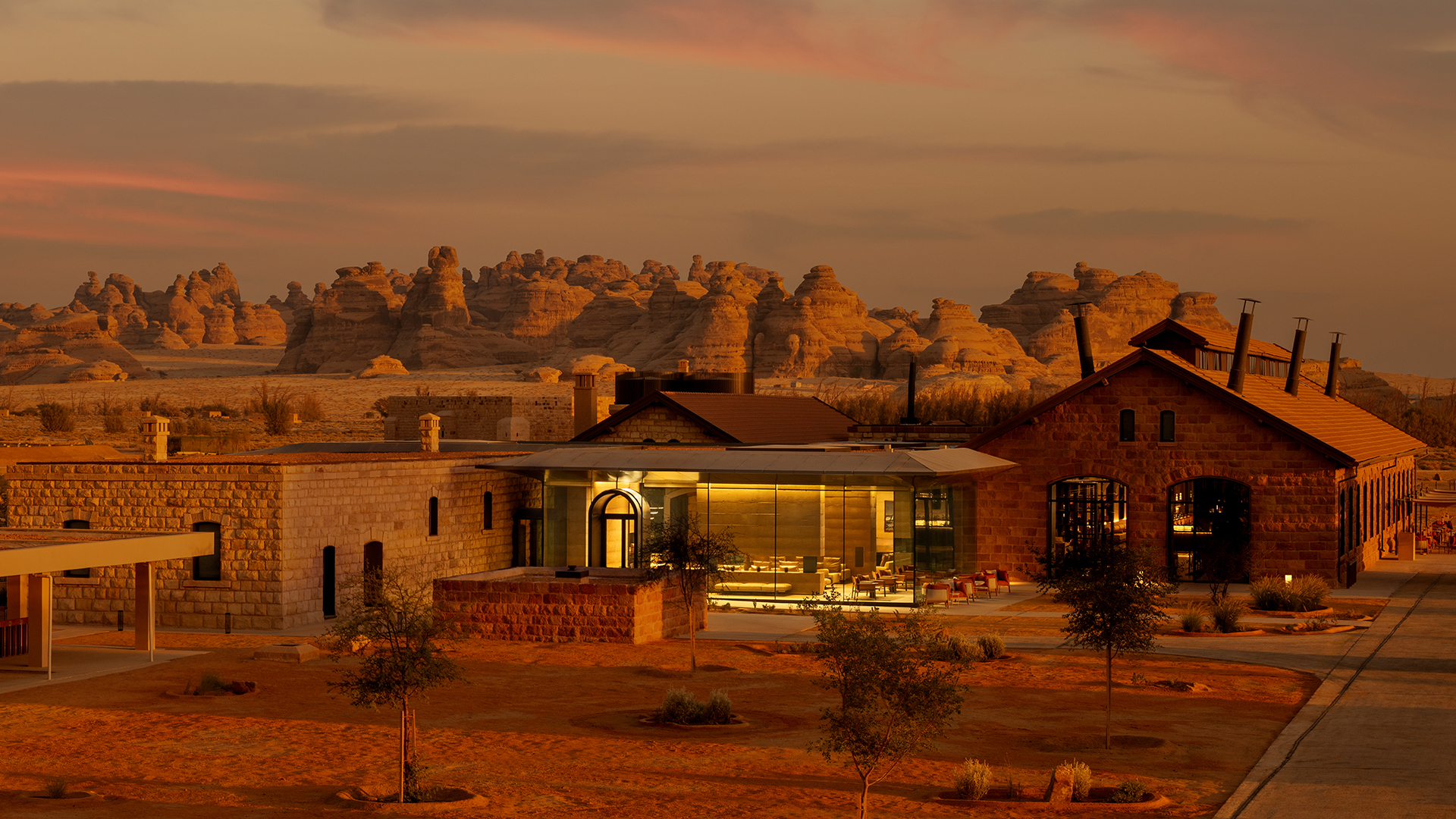
The Chedi Hegra has officially opened its doors, inviting discerning travellers to explore the heart of Saudi Arabia’s first UNESCO World Heritage site, Hegra. Nestled within the ancient Nabataean city of AlUla, the hotel is a masterful transformation of the historic Hegra Train Station, seamlessly combining historic preservation with modern luxury. Hegra, once a bustling hub along the Incense Road in the 1st century BCE, has long been a beacon of cultural and historical significance. The railway, a marvel of early 20th-century engineering built in 1907 under German engineer Heinrich Meissner, linked Medina to Damascus, facilitating the movement of pilgrims and trade. Now, The Chedi Hegra pays homage to this storied past while introducing guests to the unparalleled beauty of AlUla’s landscapes and the region’s 200,000 years of human history.
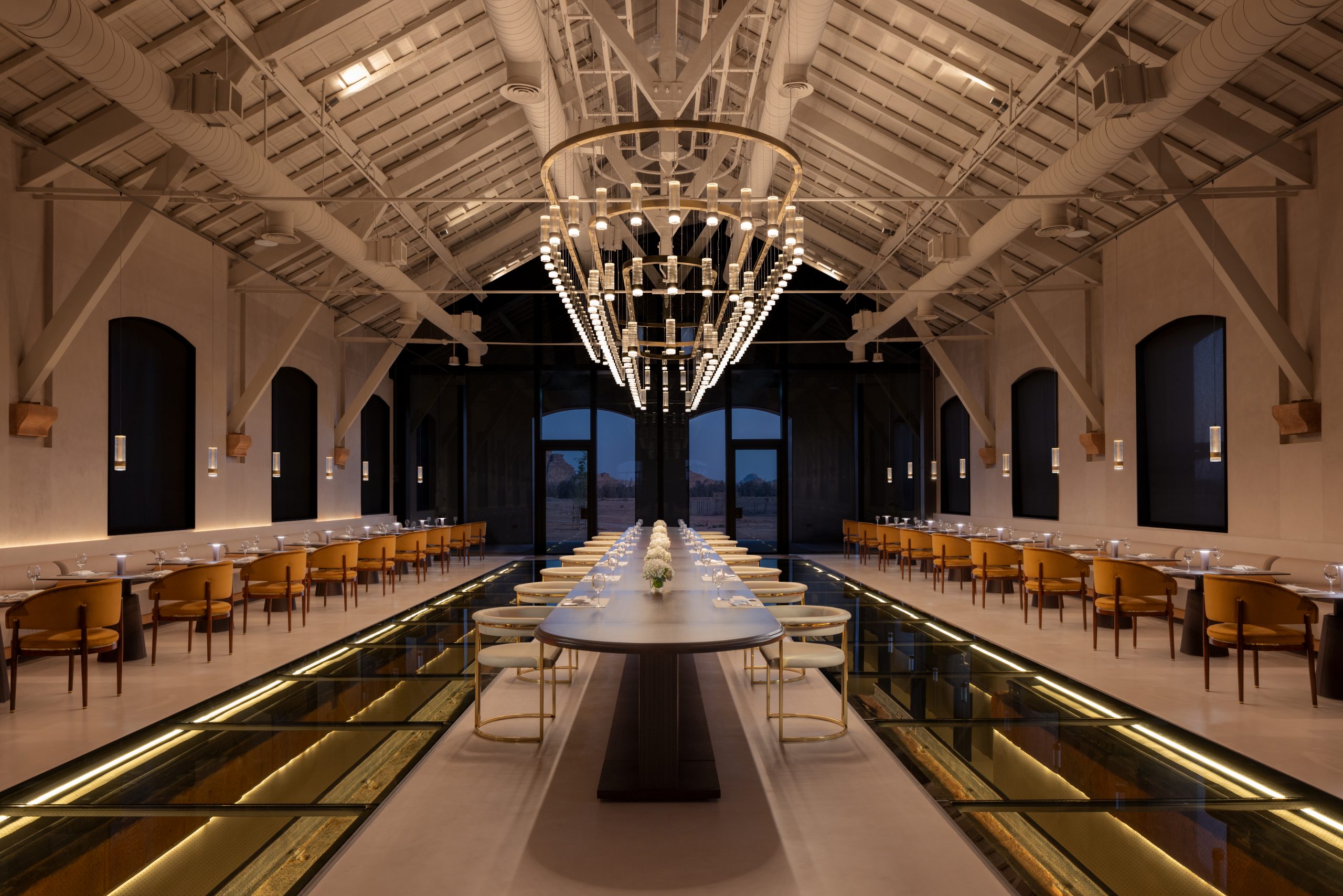
Led by the Milan-based design studio Gio Forma, the hotel integrates historic railway structures with tranquil, modern spaces
At the core of The Chedi Hegra’s architectural identity is a dedication to blending heritage with contemporary design. Led by the Milan-based design studio Gio Forma, the project integrates historic railway structures with tranquil, modern spaces. A standout feature is the Shadow Canopy, or Lamellae – a 700-metre-long design marvel that bridges the historic railway tracks with serene, shaded areas for exploration and reflection. Inside, curated art collections and immersive installations further enhance the connection between the past and present. Among the highlights is Silent Witnesses of the Past by Monika Sosnowska, a poignant piece crafted from repurposed steel rails from the historic Hegra Railway.
“The opening of The Chedi Hegra represents a significant milestone in AlUla’s transformation into a global cultural destination,” remarked Phillip Jones, Chief Tourism Officer of the Royal Commission for AlUla. “This boutique property epitomises sustainable place-making while preserving the region’s natural beauty and cultural heritage.” The Chedi Hegra features 35 meticulously restored rooms, suites and villas, each offering breathtaking views of the desert’s necropolis and rock formations. Many of these spaces are housed in the original railway buildings, showcasing preserved stone walls and architectural features that resonate with the site’s history. Thoughtful design touches, such as private terraces and plunge pools, create an intimate connection to the surrounding landscape, while interiors draw inspiration from Nabataean heritage. Dining at The Chedi Hegra is a sensory journey, blending local flavours with international finesse. Prima Classe, located in the historic train station, serves Mediterranean dishes crafted from locally sourced ingredients. By night, the space transforms into the elegant Golden Hour Lounge, where guests can savour the desert sunset alongside the restored Locomotive 964, an original 1906 model that once graced the Hajj route.
Guests at The Chedi Hegra can explore AlUla’s rich heritage through guided tours, wildlife excursions and peaceful walks through desert-inspired gardens. Plans for a tram system beneath the Shadow Canopy promise to enhance possibilities for exploration.
For those seeking rejuvenation, the hotel offers a villa spa featuring treatments inspired by local ingredients, such as dates and moringa. A larger wellness centre, opening soon in a historic mud-brick villa, will include saunas, steam rooms and a sprawling outdoor pool – the largest in Hegra.
With its seamless integration of history, design and luxury, The Chedi Hegra offers a truly unique stay amidst one of the world’s most storied regions. It redefines the boundaries of experiential travel, inviting guests to be part of a living narrative where ancient heritage meets modern sophistication.
Read more features here.
The Latest
A New Standard in Coastal Luxury
La Perla redefines seaside living with hand-crafted interiors and timeless architecture
Things to Covet
Here are some stunning, locally designed products that have caught our eye
An Urban Wadi
Designed by Dutch architects Mecanoo, this new museum’s design echoes natural rock formations
Studio 971 Relaunches Its Sheikh Zayed Showroom
The showroom reopens as a refined, contemporary destination celebrating Italian craftsmanship, innovation, and timeless design.
Making Space
This book reclaims the narrative of women in interior design
How Eywa’s design execution is both challenging and exceptional
Mihir Sanganee, Chief Strategy Officer and Co-Founder at Designsmith shares the journey behind shaping the interior fitout of this regenerative design project
Design Take: MEI by 4SPACE
Where heritage meets modern design.
The Choreographer of Letters
Taking place at the Bassam Freiha Art Foundation until 25 January 2026, this landmark exhibition features Nja Mahdaoui, one of the most influential figures in Arab modern art
A Home Away from Home
This home, designed by Blush International at the Atlantis The Royal Residences, perfectly balances practicality and beauty
Design Take: China Tang Dubai
Heritage aesthetics redefined through scale, texture, and vision.
Dubai Design Week: A Retrospective
The identity team were actively involved in Dubai Design Week and Downtown Design, capturing collaborations and taking part in key dialogues with the industry. Here’s an overview.
Highlights of Cairo Design Week 2025
Art, architecture, and culture shaped up this year's Cairo Design Week.

